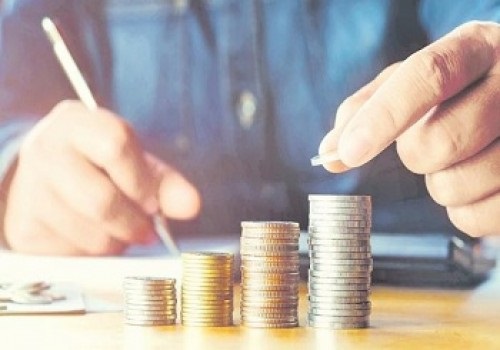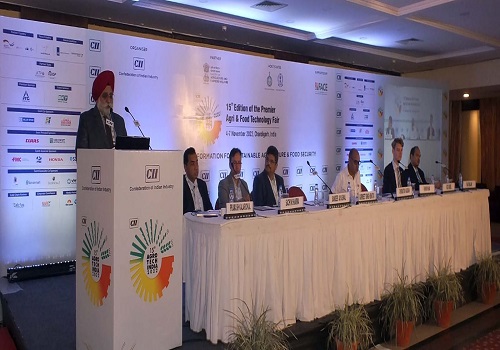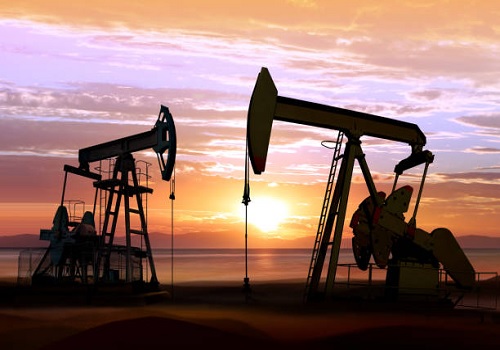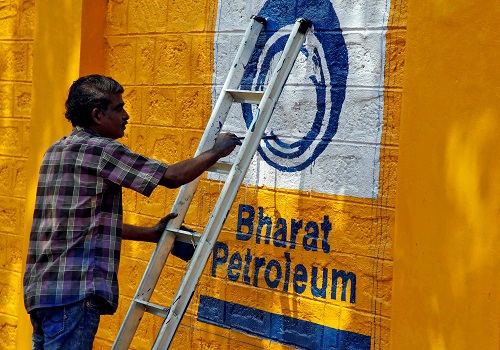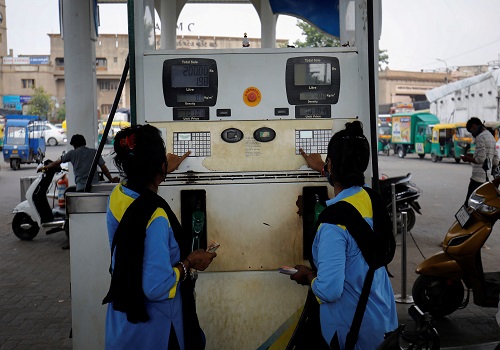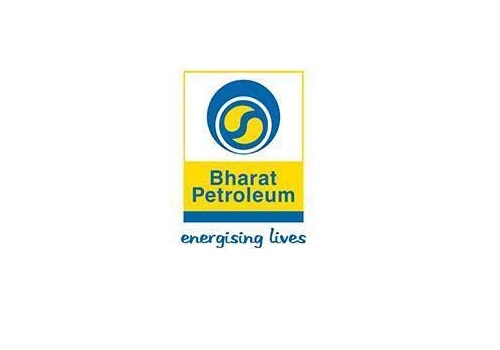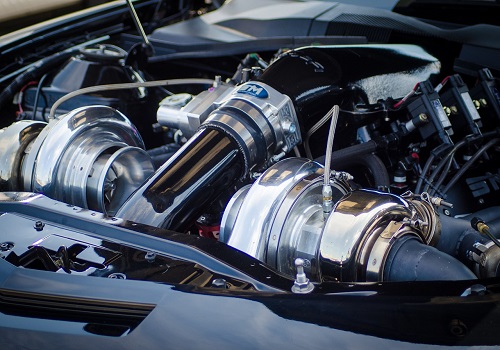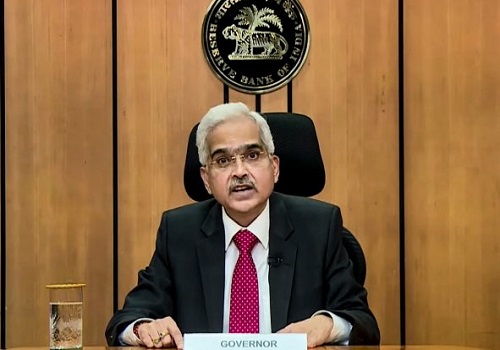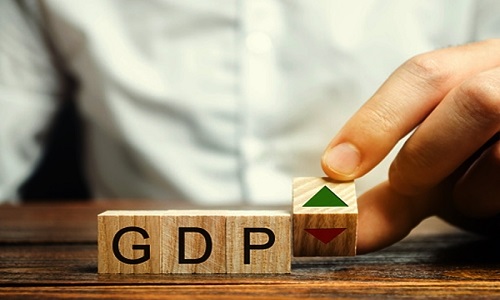India achieves target to supply 10% ethanol-blended petrol; targets to double it by 2025-26
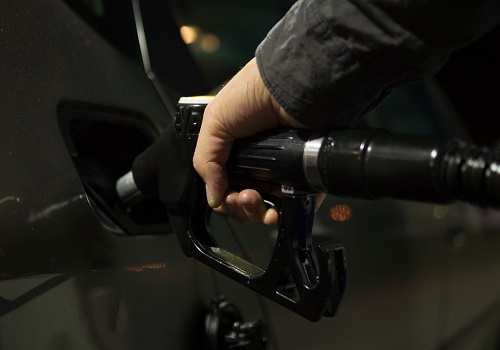
Follow us Now on Telegram ! Get daily 10 - 12 important updates on Business, Finance and Investment. Join our Telegram Channel
India has achieved the target of supplying 10 per cent ethanol-blended petrol five months ahead of schedule. This translates into a forex impact of over Rs 41,500 crore, reduced greenhouse gas (GHG) emissions of 27 lakh tonnes and has also led to the expeditious payment of over Rs 40,600 crore to farmers. In order to cut oil import dependence and address environmental issues, the country is aiming to double the blend by 2025-26. The original target for doping 10 per cent ethanol, extracted from sugarcane and other agri commodities, in petrol originally was November 2022 but this has been achieved in June thanks to tremendous effort by state-owned fuel retailers Indian Oil Corporation (IOC), Bharat Petroleum Corporation (BPCL) and Hindustan Petroleum Corporation (HPCL).
India is the world's fifth largest producer of ethanol after the US, Brazil, EU and China. Ethanol worldwide is largely used for consumption but nations like Brazil and India also dope it in petrol. The Government of India, with the aim to enhance India's energy security, reduce import dependency on fuel, save foreign exchange, address environmental issues and give a boost to the domestic agriculture sector, has been promoting the Ethanol Blended Petrol (EBP) Programme. It has advanced the nation's target of making petrol with 20 per cent ethanol by five years to 2025 in a move that's expected to save $4 billion annually.
This increased blending will expand the use of renewable energy in the world's third-biggest oil importer and help turn the nation's surplus rice and damaged foodgrains into ethanol. The 'National Policy on Biofuels' notified by the Government in 2018 envisaged an indicative target of 20 per cent ethanol blending in petrol by year 2030. However, considering the encouraging performance, due to various interventions made by the Government since 2014, the target of 20 per cent ethanol blending was (last year) advanced from 2030 to 2025-26.



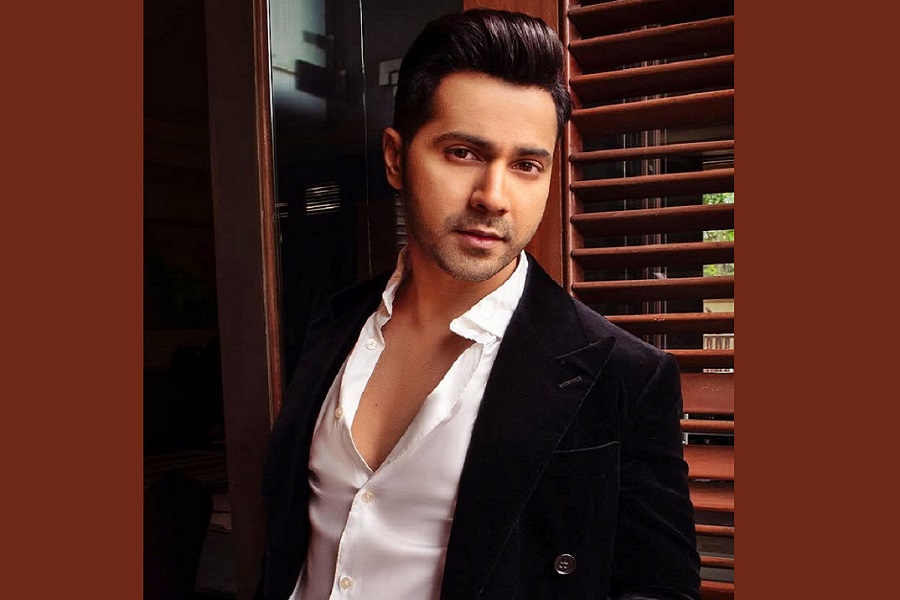


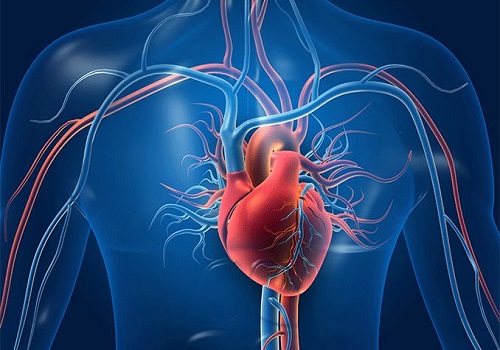
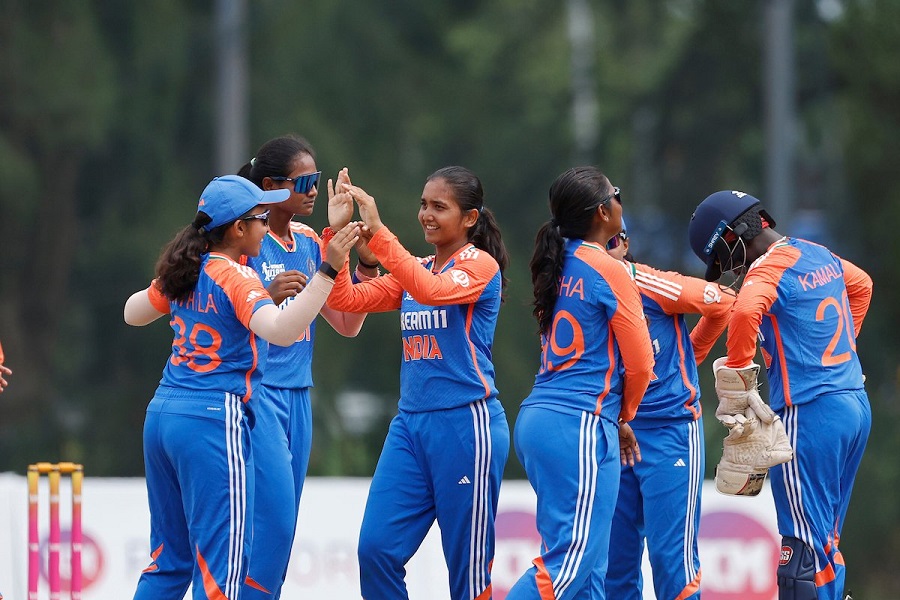




 320-x-100_uti_gold.jpg" alt="Advertisement">
320-x-100_uti_gold.jpg" alt="Advertisement">


